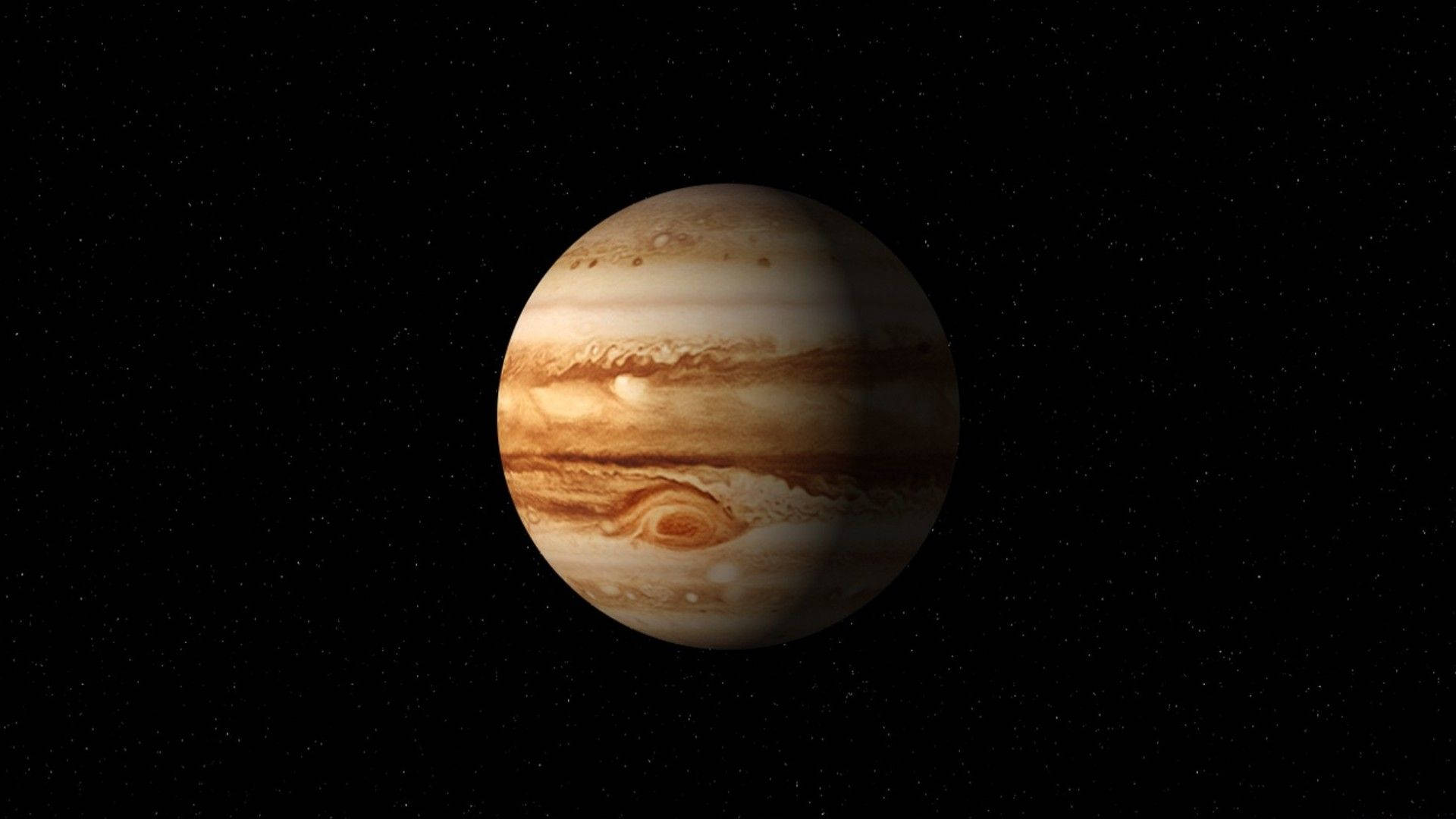Tips and Tricks for capturing Jupiter!
Jupiter, the King of the Planets, with its immense size and mesmerizing cloud bands, is a celestial wonder that beckons astronomers and amateur skywatchers alike. If you're eager to explore the beauty of Jupiter and capture its brilliance with your telescope, I've compiled a list of tips and tricks to enhance your Jupiter-gazing experience.

1. Choose the Right Equipment: Investing in the right telescope is paramount for optimal Jupiter observations. Look for a telescope with a solid mount and a reasonable aperture size. A larger aperture will allow more light to enter the telescope, resulting in brighter and more detailed images of Jupiter.
2. Study Jupiter's Position and Timing: Understanding Jupiter's position in the night sky and the best times to observe it is crucial for a successful viewing session. Utilize astronomical apps or websites to determine Jupiter's current position and its rise and set times. Keep an eye out for opposition, when Jupiter is closest to Earth and offers the best viewing opportunities.
3. Experiment with Magnification: To observe Jupiter's intricate details, including its cloud bands and Great Red Spot, experiment with different eyepieces to adjust the magnification of your telescope. Higher magnification can reveal finer details, but it may also accentuate atmospheric turbulence. Finding the right balance between magnification and image stability is essential.
4. Utilize Image-Capturing Techniques: If you aspire to capture Jupiter's beauty through astrophotography, several techniques can enhance your images. Stability is critical, so consider using a stable phone adapter or an eyepiece camera to minimize vibrations. Achieving precise focus is also vital for sharp and clear images. Use your telescope's focusing knobs to fine-tune until Jupiter's features appear crisp.
5. Experiment with Exposure Settings: When capturing images of Jupiter, adjusting exposure and ISO settings can significantly impact the outcome. Begin with a lower ISO setting to reduce noise and prevent overexposure of the planet's features. Experiment with exposure times to strike a balance between capturing detail and avoiding overexposure. Don't hesitate to try different settings and learn from each attempt.
6. Take Multiple Shots and Use Image Stacking: To enhance the quality and details in your Jupiter images, take multiple shots and employ image stacking techniques. Capturing several frames and combining them can reduce noise and enhance overall clarity. Consider using specialized image stacking software for the best results. Recording a video of Jupiter can also yield numerous frames, increasing your chances of capturing a sharp and detailed image. Using PIPP, RegiStax, and AutoStakkert! you can enhance the image captured and expose more details.
Conclusion: Now, without further ado, here are some photos of Jupiter captured by me:
 |
| Original |
 |
| Cropped |



Comments
Post a Comment